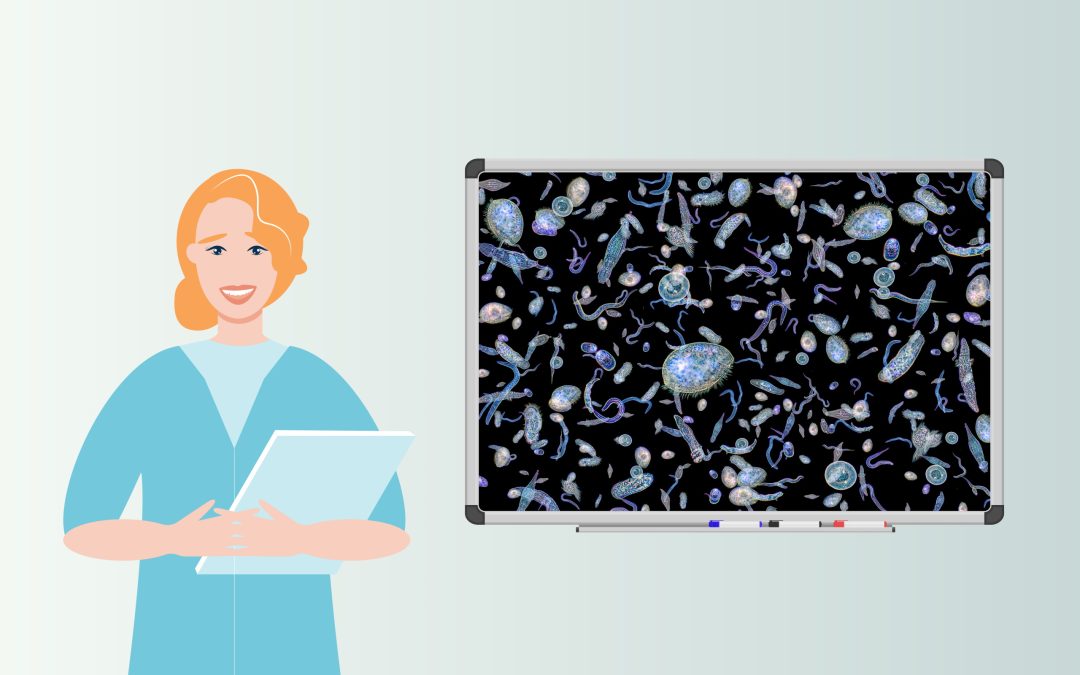
by admin | Apr 26, 2023 | biology animated, earth and environment animated, health and medicine animated, research animated
Our brain’s network structure consists of many interconnected regions, each containing billions of neurons. Many neurons within one region fire electrical signals at the same time, in synchrony, and even neurons across different regions may synchronise. These are known as synchronous clusters. The collective firing of neurons in synchronous clusters is believed to create brainwaves. Brainwave measurements of patients with epilepsy have shown that during seizures, there can be episodes of excessive synchrony. The mechanisms behind these episodes are not well understood.
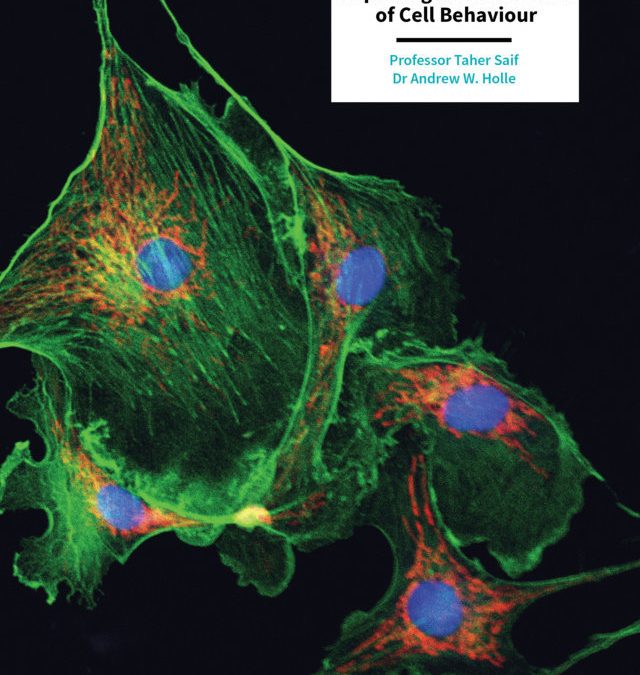
by admin | Apr 20, 2023 | 3D animated, biology animated, health and medicine animated, research animated
Extracellular biophysical cues have a profound influence on a wide range of cell behaviors, including growth, motility, differentiation, apoptosis, gene expression, adhesion, and signal transduction. Cells not only respond to definitively mechanical cues from the extracellular matrix (ECM) but can also sometimes alter the mechanical properties of the matrix and hence influence subsequent matrix-based cues in both physiological and pathological processes. Interactions between cells and materials in vitro can modify cell phenotype and ECM structure, whether intentionally or inadvertently. Interactions between cell and matrix mechanics in vivo are of particular importance in a wide variety of disorders, including cancer, central nervous system injury, fibrotic diseases, and myocardial infarction. Both the in vitro and in vivo effects of this coupling between mechanics and biology hold important implications for clinical applications.
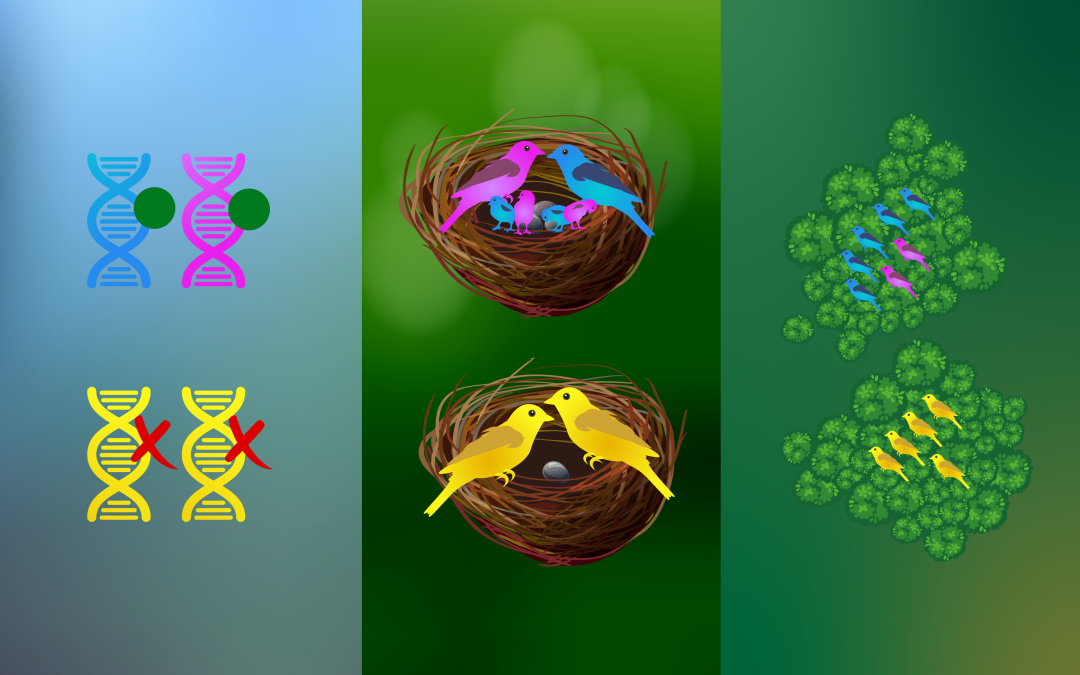
by admin | Oct 4, 2022 | biology animated, earth and environment animated, research animated
When a species’ habitat shrinks, its populations decline. Individuals that persist in remaining islands of habitat have no choice but to breed with their relatives, reducing the health and fertility of their offspring. Researchers at Monash University seek to increase genetic diversity in small populations, helping them rebound. They have established ‘genetic rescue’ methods to save many endangered species from extinction, collaborating with wildlife agencies to test solutions.
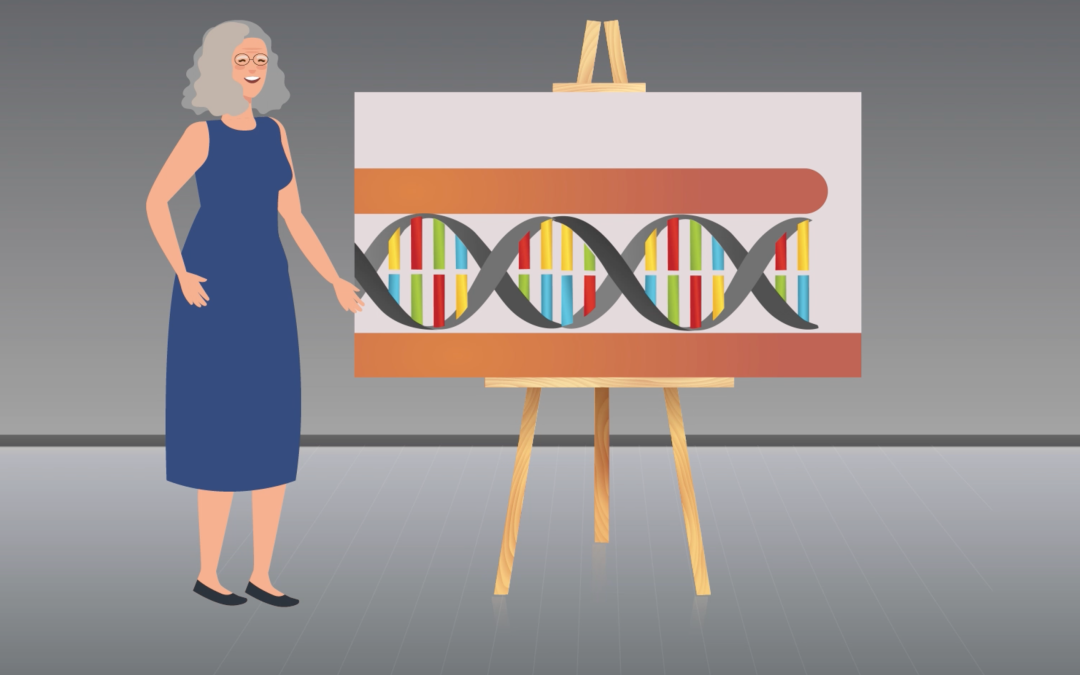
by admin | Aug 2, 2022 | biology animated, physical sciences animated, research animated
Before the first living organisms were brought into being, molecules were already moving and changing. Many energy sources, including light and heat from the sun, were available to provide the energy needed to drive chemical reactions. Mechanical energy, which describes the energy of motion, was also readily available before life’s emergence. Dr Helen Greenwood Hansma from the University of California in Santa Barbara explores how mechanical energy could have driven the processes that gave rise to early life.
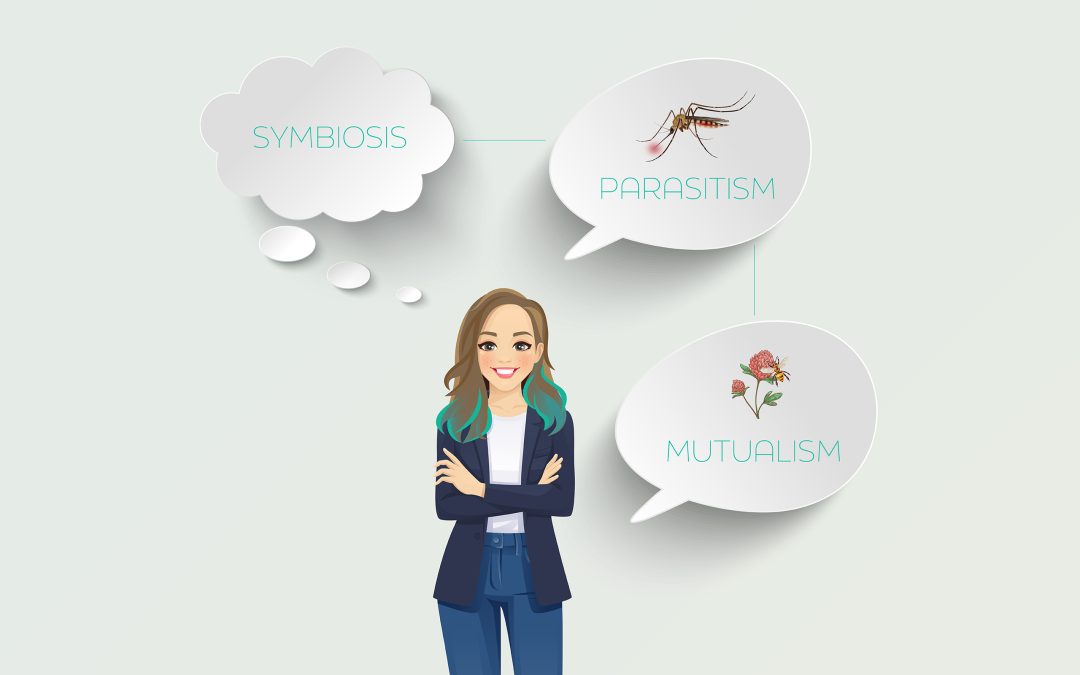
by admin | Jul 19, 2022 | biology, biology animated, research animated
Many scientific concepts are applicable to multiple disciplines and across spatial scales, from the microscopic to the global. As such, scientists from different disciplines must communicate effectively – through a shared scientific language – for effective collaboration and scientific advancement. With this aim, Dr Laura Tipton of Chaminade University and her colleagues from the University of Hawai’i investigate the history of ecological terminology, in order to work towards building a common lexicon that bridges ecology and microbiome science.
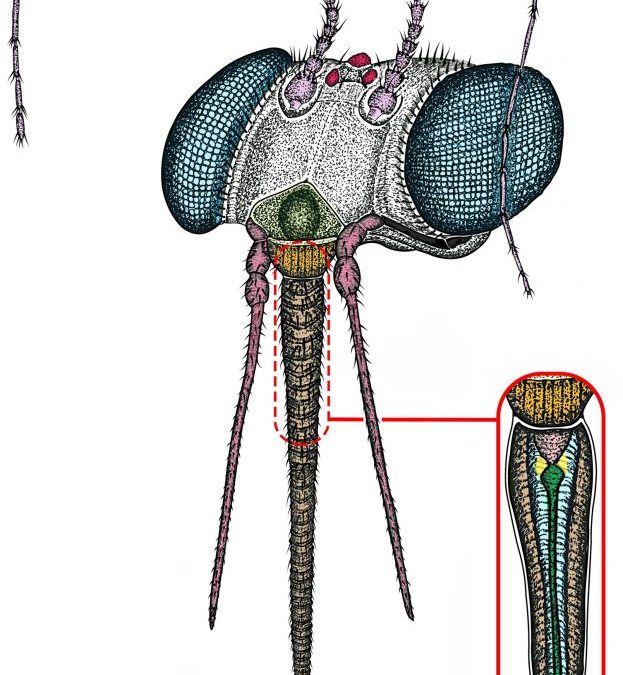
by admin | Jun 20, 2022 | biology animated, earth and environment animated, research animated
Historically, controlled forest burning in western North America created a forest patchwork that limited the size and severity of wildfires. Over the last 200 years, however, fire suppression created large areas of dense tree stands. As droughts and temperatures increase due to climate change, these dense forests are now at increasing risk from extremely severe wildfires.






